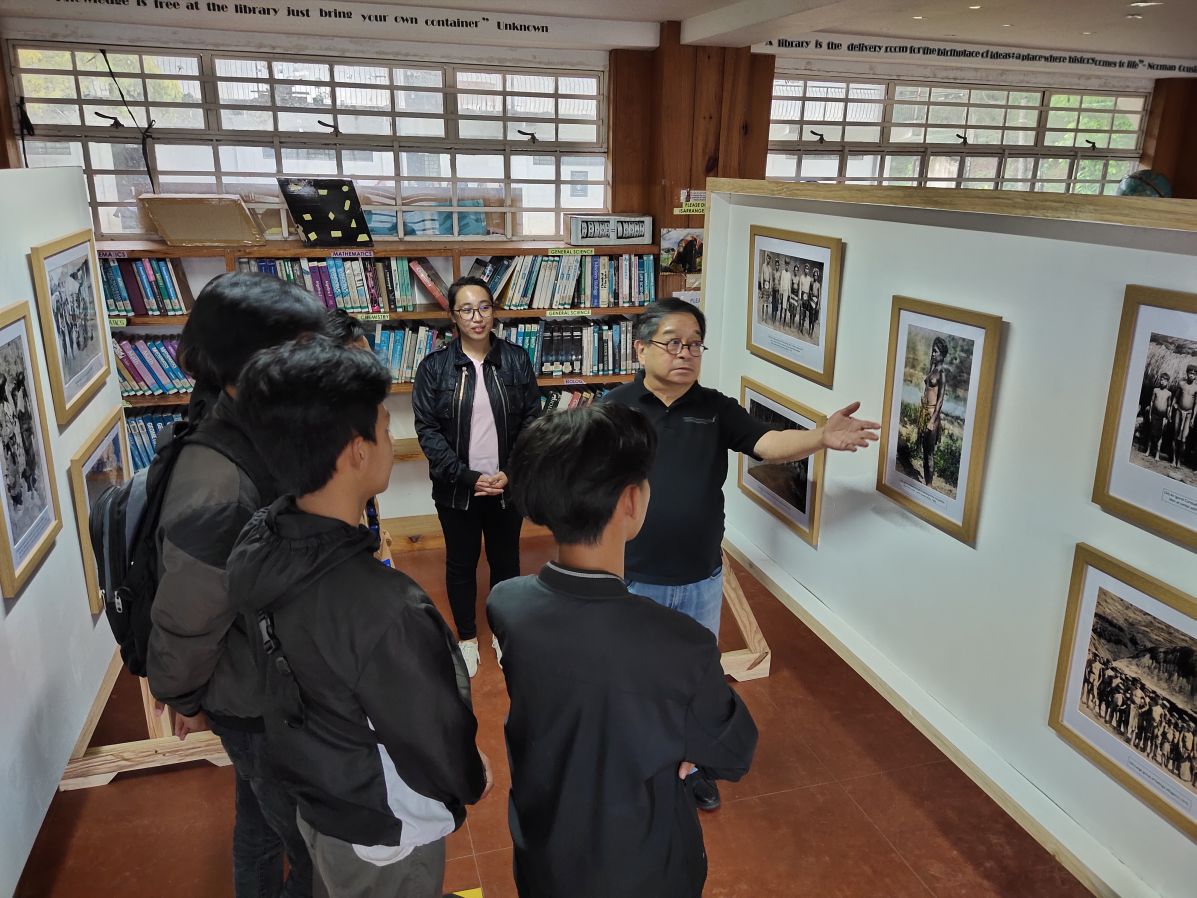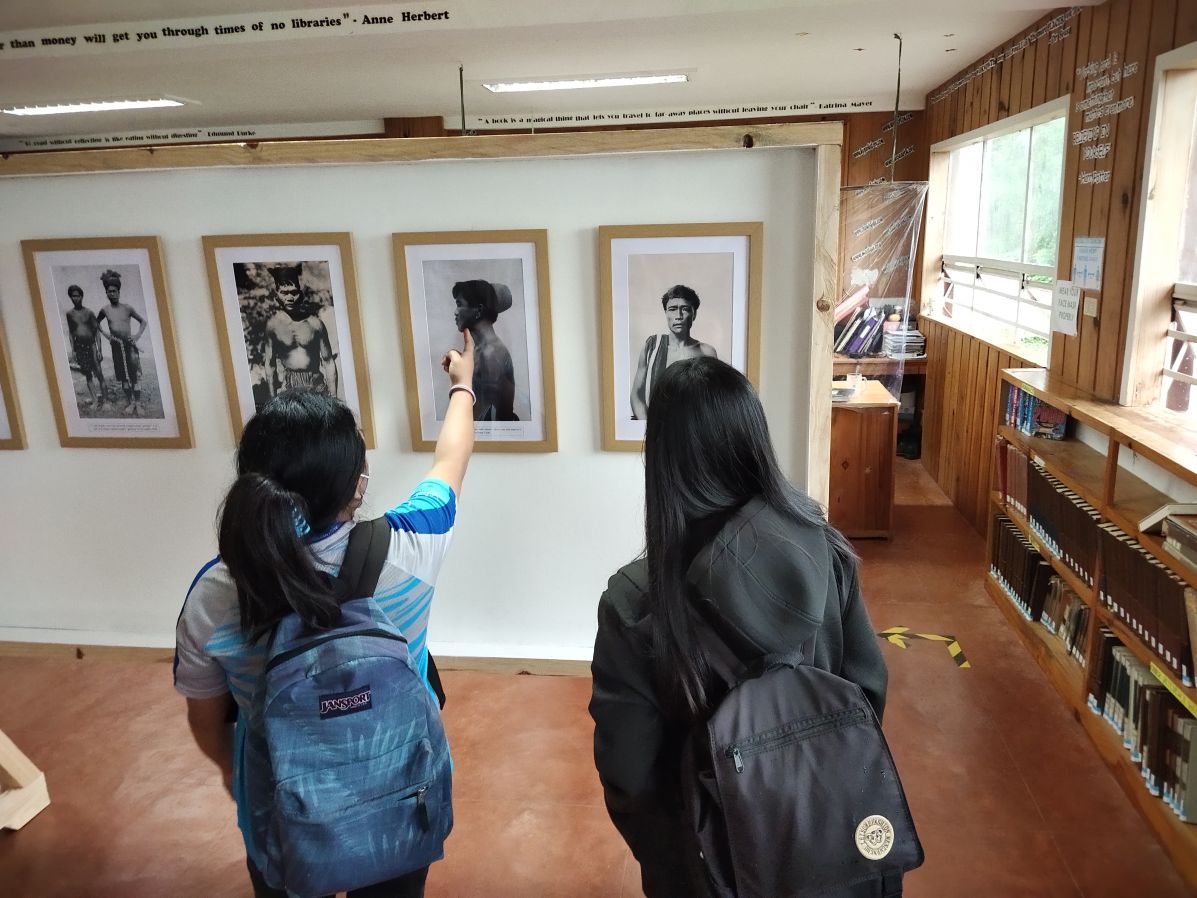An Igorot woman weaving on a loom, a Tinguian wedding dance, a group of wealthy Kalinga women exquisitely dressed in patterned fabric and heavy brass ornaments, two Bontoc men posed for anthropological study, an elevate thatched hut, views of old Bontoc town, the expanse of rice terraces and many others capture a slice of daily life, traditions and architecture at the turn of the 20th century until 1925.
The exhibition curator, Jonathan Best, senior consultant to the Ortigas Library, chose photographs from the library’s collection, his own and from several other collectors. He had guidelines for what were to be included in the exhibition. Dogs herded to market to be purchased, dogs to be eaten and anything to do with headhunting, gruesome headless bodies and the like were not in the selection pool.
The mostly foreign photographers, weighed down with bulky cameras, instruments and fragile chemicals trekked or rode horses up the mountains to capture images, some harbouring thoughts of proving savagery and therefore Christian conversion, or the need for civilising, or just snapping amusing travel photos of “fascinating” people.
The selected exhibition photographs were digitised and blown-up, matted and framed, each bubble wrapped and gingerly packed in the back of two vehicles and off they went in May this year on a ten-hour zig-zag mountain ride to St Mary’s School in Sagada, Bontoc.
Sagada is a bucolic mountain town that Episcopalian missionaries came upon and settled in during the early 1900s. With the help of Japanese stone masons and carpenters, a small distinctive church on a ridge was built surrounded by native thatched huts.
St Mary’s School, the Episcopalian school, is now over 110 years old and have graduated many students locally and from the other sub-provinces. The school until today has a reputation for academic excellence with many of its high school students going on to college, known to excel in Math, English and many technical skills.
While we prepare our exhibit in their library, students are briskly moving outside going from their last class to the next. Their urban streetwear don’t distinguish them from any other students throughout the country. They sport ruddy cheeks, with clean complexion so emblematic of those living in pristine mountain settings. Some seem rambunctious, many more treading softly, but there is no sign of aggressive and edgy behaviour noticeable in lowland youths.
On opening day, the library door was wide open, expecting students and the public to enter. A trickle came in with much shyness. But by the rest of the afternoon, many students had flocked to read the introductory text and begin a visual journey of their ancestral past. There were pictures of men wearing loin clothes or women baring breasts that I expected snickering but did not occur. They had grown up hearing stories from their grandparents that this was the dressing style of the past. A question came up. Why did some look grim and angry?
In those days, a camera and its use were unknown to tribal peoples. A large wooden box with a mysteriously shrouded man behind one end, a protruding barrel on the other, resembling that of a gun, pointed directly at them. They were commanded to be still, an unsettling situation. In addition, after many tense poses, the camera is removed and packed with little or no explanation as to what transpired. An insightful student keenly observed, “My ancestors had not seen these pictures of themselves but now, we finally see them.”
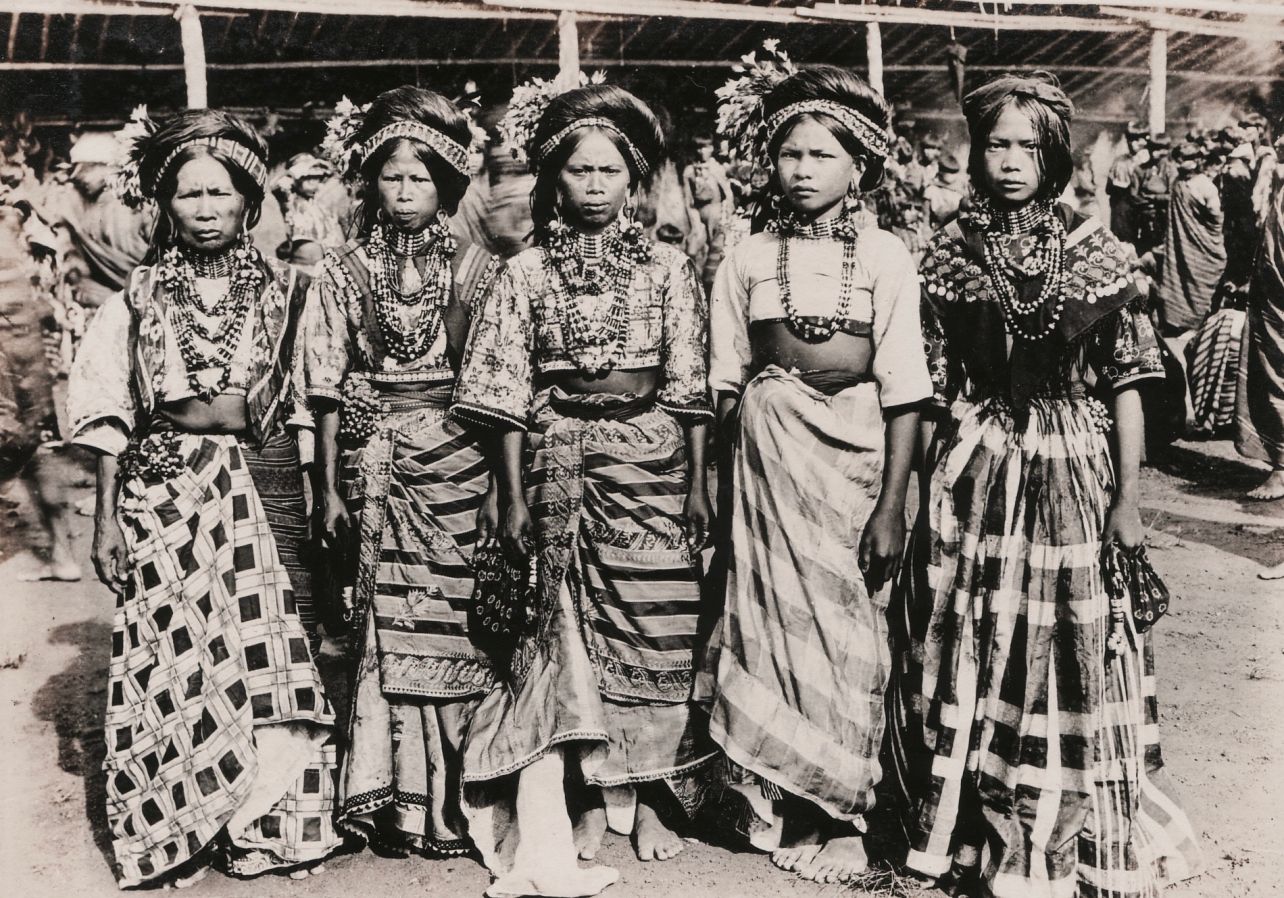
Images of verdant valleys, endless rice terraces, sheltering thatched roofs dotting the hillsides caused animation among the students now witnessing growing populations in theirs and surrounding communities, altering the images they grew up in. Astutely, images of familiar locales drew much interest. A 1913 photograph of Sagada taken from a nearby mountain top highlights the then newly built St Mary’s Church with thatched houses surrounding it. For the students, the church would be their reference point as they discussed and pointed out a store, a road, a building nearby where once clumps of pine trees stood.
A photo of Bontoc in the early 1900s taken from a hill reveal a valley with thatched houses an imposing Spanish fort and the Chico River winding around the village. A recently taken photo of the same town from nearly the same spot now shows the fort and thatched houses gone and instead, a bustling array of galvanised roofing is present. Despite the changes in the valley, the contours of the Chico River are the same, the distant mountains remain like that of the old photo. This created spirited discussion among the viewing students about what was once there and what they will face in the future.
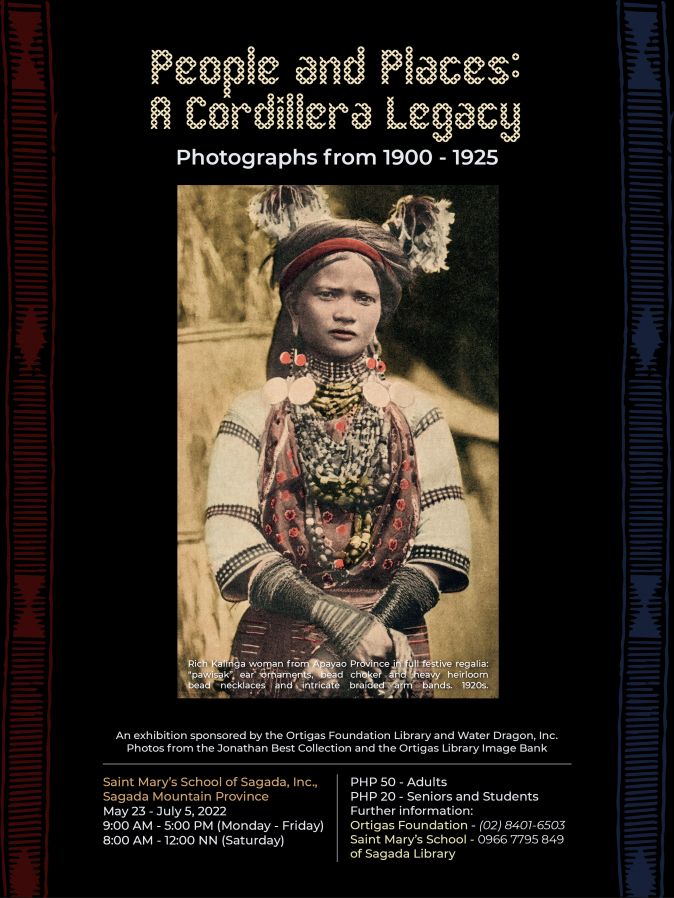
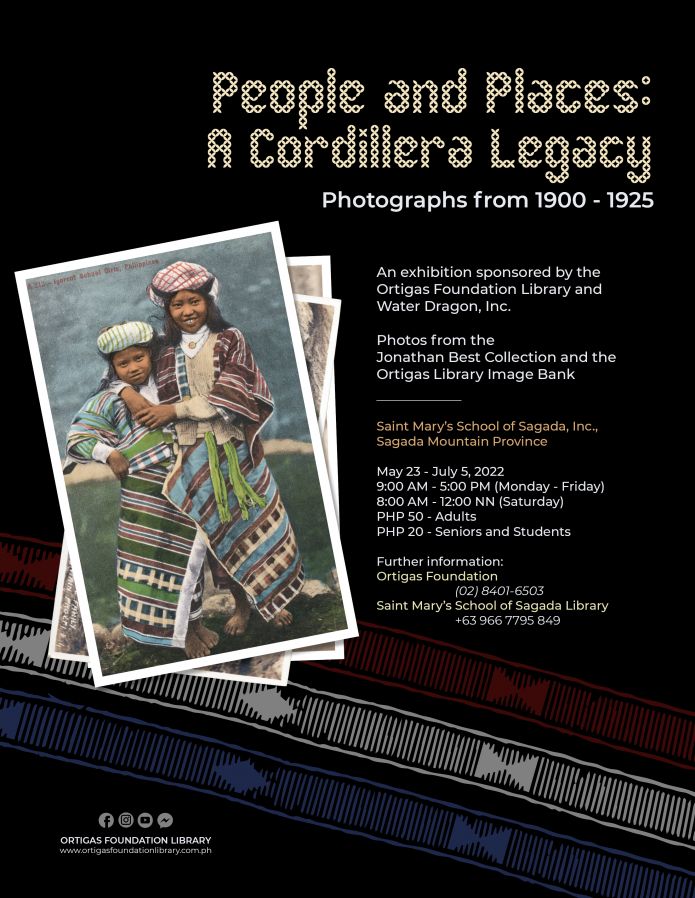
Principal Raquel Domanog, who not just administers a high school of over 200 students but also teaches a class, sees this exhibition as an important learning tool. “The pandemic has disrupted classes and modes of learning and this exhibition is very helpful, giving students another way to learn history.”
The exhibition may well just be a solution to the country’s Department of Education’s current decision to exclude separate Philippine History courses at the high school level.
The extensive documentation of early Cordillera life and its indigenous people in contrast to the hybrid lives of lowlander Filipinos, indicates the region’s historical integrity. The Spanish colonisers and missionaries had great difficulties with too much expense, ascending the mountains, seeking natives to proselytise and stablish authority. More importantly, the Cordillera peoples fiercely resisted the colonial demand to end their “pagan” ways. The result is by the late 19th and early 20th century, photographers with varying agendas came upon a mountain region undisturbed, replete with daily rituals, dressing and occupations stretching centuries. The exhibition brings it all back.
People and Places: A Cordillera Legacy exhibition was held at the St Mary’s School of Sagada in July 2022.
